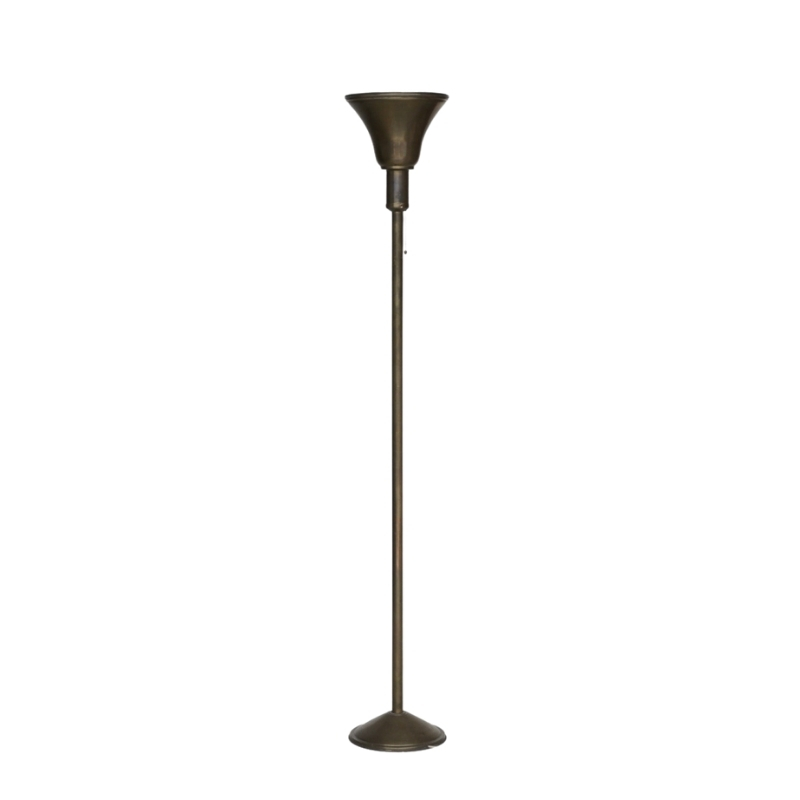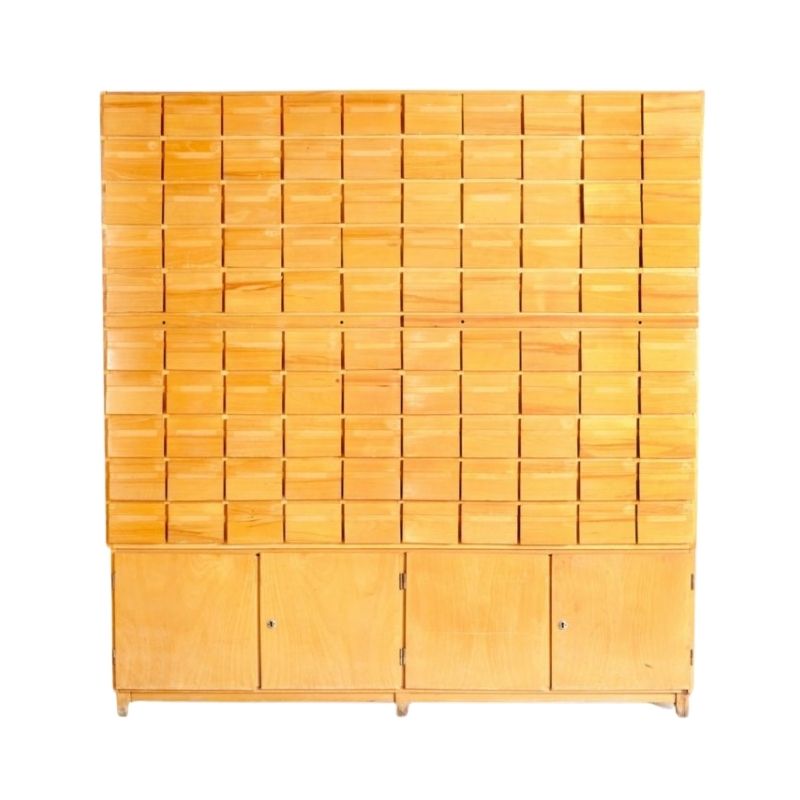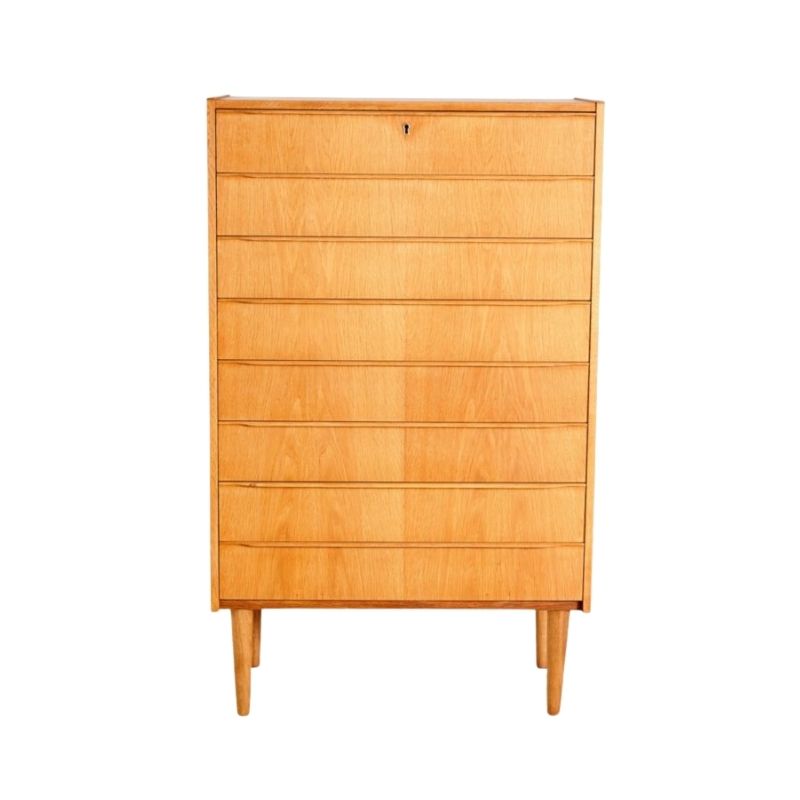Ok, I am desperate and need your help.
I am restoring an Hans Wegner drop leaf tea cart which top was pretty scratched. Everything was going extremely well until I sanded through the veneer.
It is on the edge of one of the drop leaf and the problem is 0,3 cm wide at its maximum and 10 / 15 cm long. Picture attached.
Is there something I can do? Would the best option be to bring to a pro to change the whole veneer maybe?
Many thanks for your help. Once again, I am desperate. Please do not tell me the cart is good to throw now...

It happens to everybody at some point. If you don't have the tools or skills to make a good veneer patch, take it to someone who does. It's a straightforward job and shouldn't be prohibitively expensive. Yes, *you* will always be able to find it, no matter how well it's been repaired, but others may not. Besides, an honest repair is preferable to what you've got now, IMO.
Both options are good!
Sorry I haven't responded sooner, but Leif's suggestion offers an acceptable choice. The success of either approach rests entirely with the skills of the restorer. I guess my decision might depend as much on anticipated usage. Or I might just leave it to the next owner...
As a precaution to others, one can usually determine whether a panel is solid or veneered by comparing the two faces, front and back (or top and bottom). In solid work the seam locations and grain appearance will match; in veneer, not. How edges are handled is another source of information . . .
Would experts here be able to confirm, or deny, that one very seldom finds solid-stock panels in which the grains are book-matched or otherwise closely matched, as is common in veneered panels ?
It certainly is unusual to find solid wood piece with book matched, or otherwise closely matched grain. Simple logic will suffice in lieu of an expert: grain changes too much when cut much thicker than veneer. Therefore, except in limited cases, say where the boards are extremely wide, it just is not possible to get a close match except with veneer.
For example I have a solid teak dresser with boards that are "grain matched", probably by accident, but it is hard to see this fact because it is no longer a close match cut with the planes cut that far apart.
You certainly could have done a lot worse there, if that's the extent of the damage. Leif's suggestion is good. People use oil paints and some use gel stains. Personally, with that thin a line, I would probably try a gel stain, lightly, and see what happens. Not sure the color of the Teak with a finish on it, but I've had a lot of success with Old Masters 'Cedar' when it comes to getting that aged, reddish hue.
If you need any help, please contact us at – info@designaddict.com









